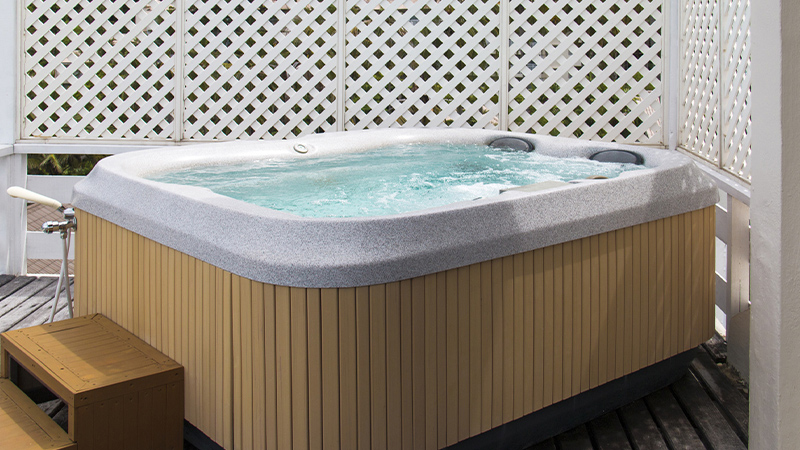

How to sell a home that needs renovations
Last updated on April 27, 2022
Sometimes, a homeowner may want to sell a property so they no longer have to deal with problems they cannot or do not want to fix. For some buyers, a fixer-upper like this can be a good deal. So, it’s definitely possible to sell a home that is in less than perfect condition.
There’s no need to do major work to restore your home to its former glory before putting it on the market. It undoubtedly has some qualities that can win over a savvy buyer. If they have good knowledge of what is required, they will be able to renovate the property to their liking. Here are some tips for selling a home that needs a little, a lot or a major amount of work. We will also guide you on the precautions to take to avoid potential problems after the sale.
1. Determine the right asking price
Setting the right asking price is the key to selling a home that needs renovations. An enticing price will attract potential buyers who are willing to do the work. It’s definitely not for everyone. Many future owners want a move-in-ready home. But thankfully, some buyers are looking for a fixer-upper they can get for a bargain. Others have a passion for ancestral homes and would love nothing more than to fix up a property so old that its construction date is unknown.
2. Take renovation costs into account
If the condition of the home is likely to discourage buyers, the asking price needs to be competitive to counterbalance the work needed. Here’s an example: a house comparable to yours, but in good condition, sold for around $380,000. You estimate that the necessary repairs on your home will cost approximately $40,000. So, it’s more realistic to ask $340,000 or less. A reasonable price will make it easier for the buyer to accept the idea of investing money in renos.
3. Consider offering inclusions
Including items in the sale could convince a hesitant buyer to take the plunge. Inclusions like appliances, light fixtures or window treatments installed in the last few years, or even a hot tub or lawn tractor, can help offset the costs of the renovations in the buyer’s mind.

4. Be open to negotiating
Selling a home that needs work can take time and may require patience. Being flexible on the asking price will yield better results than stubbornly staying firm. If your aim is for both parties to be happy with the transaction, you will be able to come to a satisfactory agreement more easily.
Don’t be afraid to use the word “negotiable” in your listing. It doesn’t necessarily mean that you will lower the price. But it shows that you are open to discussing certain points (inclusions, conditions, possession date) with the potential buyers.
Don’t lose sight of why you are looking to sell. If you don’t have the energy or the means to do the necessary renos, accepting an offer, even if it doesn’t satisfy all your criteria, will give you peace of mind.
5. Be up-front with the buyer
By law, sellers are bound by a legal warranty, which means they must inform the buyer of known defects. The Declaration of the Seller is a vital document that lets sellers give an overview of the state of the property. Be open and up-front about your home’s condition and answer to the best of your knowledge. This way, you will avoid potential legal problems down the road.

Selling without a legal warranty
Worried about being sued for a hidden defect? Assess the possibility of selling without a legal warranty or, depending on the situation, with the mention “at the buyer’s risk and peril.” Note that this mention, as well as “Perfect for DIY enthusiasts,” may put off some buyers, so you might need to lower your price.
To better understand the implications of selling without a legal warranty, inquire about the different legal terms you could use. Final tip: If you plan to sell without a warranty, ask our real estate coaches about the possibility to say so in your listing1. This might prevent many needless visits.
Renovations worth doing?
Instead of selling your home as is, you could do certain repairs that have the potential to increase its value. Remodelling the kitchen or bathroom is often thought to add the greatest value. However, don’t invest thousands of dollars in materials that do not suit the home. Installing a marble countertop when the rest of the property is falling into ruin is not the wisest decision. However, fixing a leaky roof, a hole in the floor or a mouldy basement should be a priority. Take the time to assess whether renovating to meet your needs or selling is the best move for you.
Spending a modest amount on small repairs can make a big difference. Walk through all the rooms and make a list of the little things that need fixing, like cracks in the walls, damaged plaster or missing trim. Do the necessary repairs and—very important—be sure to deep-clean. A clean house will always make a better impression on potential buyers.
Thinking of selling your home that needs renovations? Scared of making a mistake? Ensure a successful sale with the guidance of DuProprio’s staff, no matter the condition your home is in.
Call us at 1-866-387-7677 to learn about our services or watch this informational webinar.
